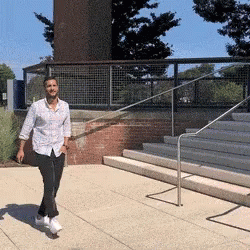
I’ll Stop The World And Sync With You: Unity Timeline
Part of the power of Unity comes from the myriad of packages that allow for unparalleled customization of your games such as Unity Timeline. With Timeline allows you to choreograph anything in your scenes using a simple visual editor. Pan cameras, create cinematic...
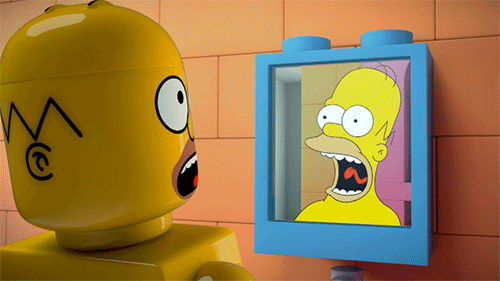
Reflect That: Reflection Probes, Screen Space Reflections, And When To Use What
As you work with Unity robust lighting system you will eventually encounter the desire to begin creating reflective surfaces from rain slicked streets to mirrors and pools of water to allow your gorgeous landscapes and intricate characters to be seen in their full...
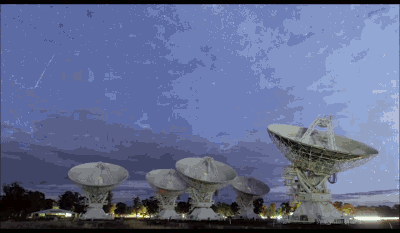
Array Mania: How To Use Arrays In Unity
As you begin to work on your Unity journey you will begin to amass a large group of similar variables such as ints, strings, floats, bools, Game Objects, and other types of variables. In order to help make your code more readable you can collect them in data...
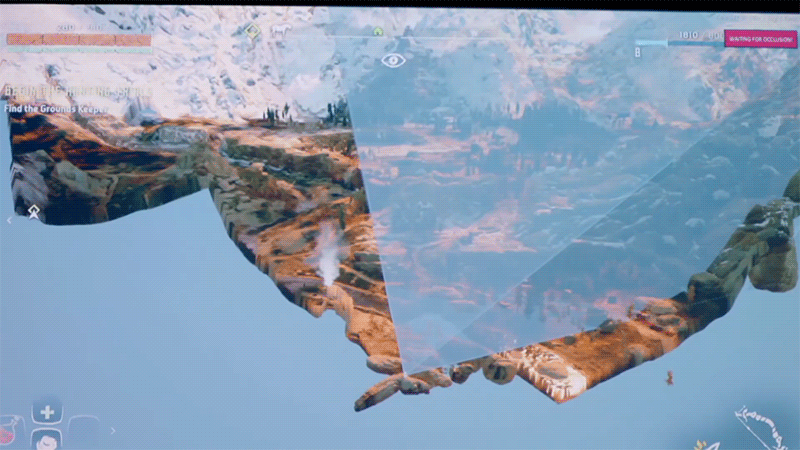
Nothing But The Essentials: Simple Scene Optimization With Occlusion Culling
As your games grow and they become larger and larger with more graphical fidelity it becomes increasingly important to utilize optimization techniques to better utilize the player's hardware. Even though hardware is vastly outpacing the the rate of fidelity that most...
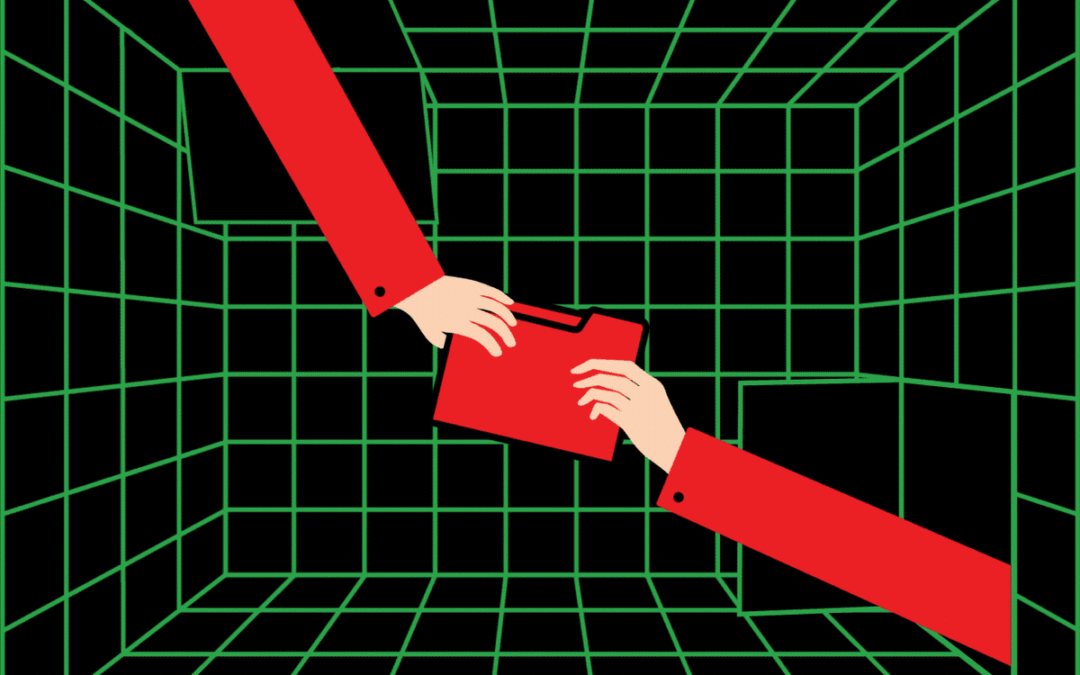
Hot Swap: Setting Up Post-Process Profiles For The Post-Process Stack
In an earlier article we demonstrated the power of the Post-Process Stack using emissive textures, the real versatility of the post-process stack comes with the ability to swap profiles based on the needs of the scene. These profiles allow you to save overrides to...
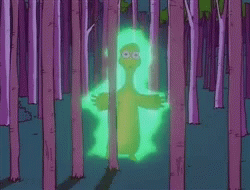
Glow Up: Adding Emissives To Custom Textures
Once you master the ability to modify pre-built textures the next natural step is learn how to add illumination or emissives to your custom textures to help denote objects that light up and represent sources of lumination. In Unity there is a difference in...

First You See It, Now You Can’t: Creating A Transparency Effect in Unity
Fading away, looking through glass, or creating transparent effects like forcefields in Unity is a pretty straight forward process with more than one method. In this tutorial we’ll cover the most straight forward way, changing the properties of a material. Start by...
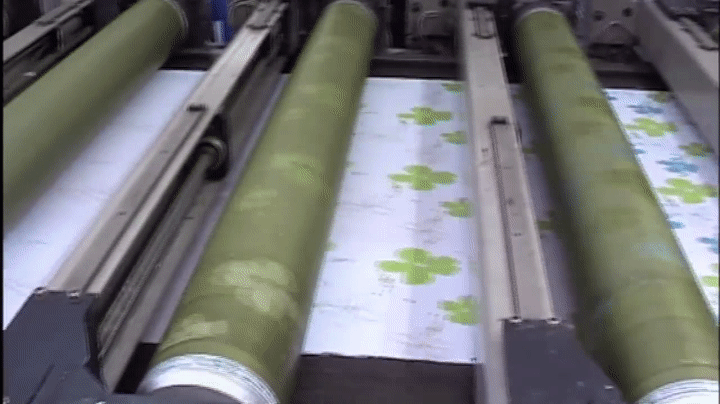
Cutting From Whole Cloth: Editing Pre-Built Texture Maps
As you build and design levels it may become increasingly important to change and edit the tone and feel of your levels. One easy way to do this is to simply edit the existing textures of your models that you create or import into your project. These simple edits will...
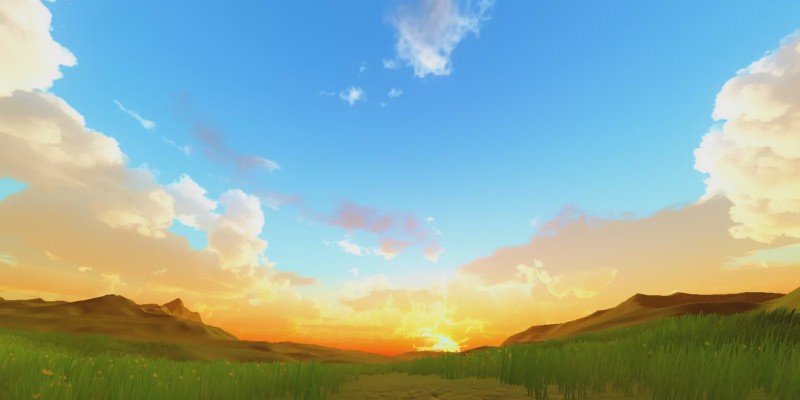
Sky’s The Limit: Setting Up Skyboxes In Unity
Boundless blue skies, smoldering apocalyptic horizons, the vast reaches of space, or a iridescent night sky. All these are possible with the help of Skyboxes. At it’s core a skybox is just a sphere of textures that wrap around the game world or in Unity’s case a basic...

Let There Be Light Probes: Using Light Probes In Unity
As you begin to utilize lighting in your games and create more complex scenes with intricate lighting setups, you’ll search for greater and greater ways to optimize and more importantly polish your setups. To save on performance it is often critical to bake lighting,...
